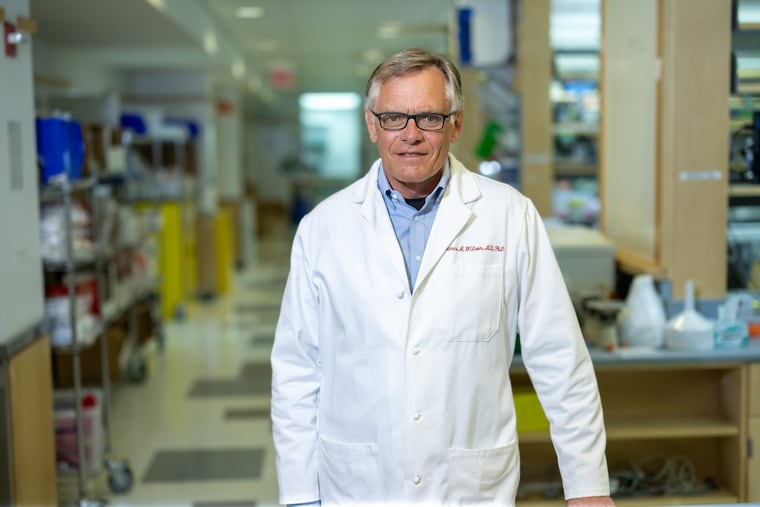Jim Wilson has 2 new promising gene therapy studies, but says investment in the cutting-edge field has ‘gotten worse’
Wilson speaks about the Penn studies and the recent mixed results for Sarepta's muscular dystrophy drug.

Wilson speaks about the Penn studies and the recent mixed results for Sarepta's muscular dystrophy drug.
